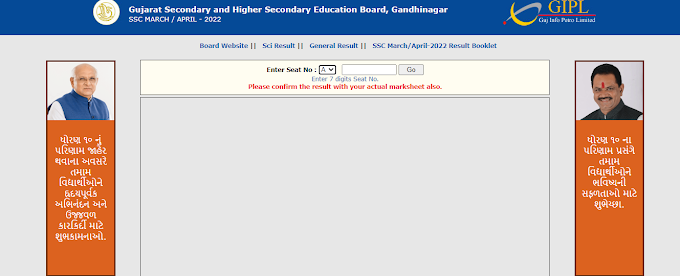LOCKDOWN :-- GUJARAT MAA AAVTI KAAL THI DUKANO KHOLVA BABAT NO NIRNYA
The largest COVID-19 national lockdown in the world has been extended to May 3. As of April 22, India has reported 18 985 confirmed cases and 603 deaths from COVID-19 in 31 states and union territories since its first case on Jan 30. India was quick to close its international borders and enforce an immediate lockdown, which WHO praised as “tough and timely”. The lockdown has also given the government time to prepare for a possible surge in cases when the pandemic is forecasted to peak in the coming weeks. Still, India's population of 1·3 billion across diverse states, health inequalities, widening economic and social disparities, and distinct cultural values present unique challenges.
Preparedness and response to COVID-19 have differed at the state level. Kerala has drawn on its experience with the Nipah virus in 2018 to use extensive testing, contact tracing, and community mobilisation to contain the virus and maintain a very low mortality rate. It has also set up thousands of temporary shelters for migrant workers. Odisha's exposure to previous natural disasters meant crisis precautions were already in place and have been repurposed. Maharashtra has used drones to monitor physical distancing during lockdown and applied a cluster containment strategy: if three or more patients are diagnosed, all houses within 3 km are surveyed to detect further cases, trace contacts, and raise awareness. Whether this strategy will be successful is still unclear. The premise relies on there not being community transmission, and there is danger of stigmatisation and coercion. But states deserve much of the credit for India's COVID-19 response.
IMAGE 1 // 2 // 3 // 4 // 5
The largest COVID-19 national lockdown in the world has been extended to May 3. As of April 22, India has reported 18 985 confirmed cases and 603 deaths from COVID-19 in 31 states and union territories since its first case on Jan 30. India was quick to close its international borders and enforce an immediate lockdown, which WHO praised as “tough and timely”. The lockdown has also given the government time to prepare for a possible surge in cases when the pandemic is forecasted to peak in the coming weeks. Still, India's population of 1·3 billion across diverse states, health inequalities, widening economic and social disparities, and distinct cultural values present unique challenges.
Preparedness and response to COVID-19 have differed at the state level. Kerala has drawn on its experience with the Nipah virus in 2018 to use extensive testing, contact tracing, and community mobilisation to contain the virus and maintain a very low mortality rate. It has also set up thousands of temporary shelters for migrant workers. Odisha's exposure to previous natural disasters meant crisis precautions were already in place and have been repurposed. Maharashtra has used drones to monitor physical distancing during lockdown and applied a cluster containment strategy: if three or more patients are diagnosed, all houses within 3 km are surveyed to detect further cases, trace contacts, and raise awareness. Whether this strategy will be successful is still unclear. The premise relies on there not being community transmission, and there is danger of stigmatisation and coercion. But states deserve much of the credit for India's COVID-19 response.
IMAGE 1 // 2 // 3 // 4 // 5






